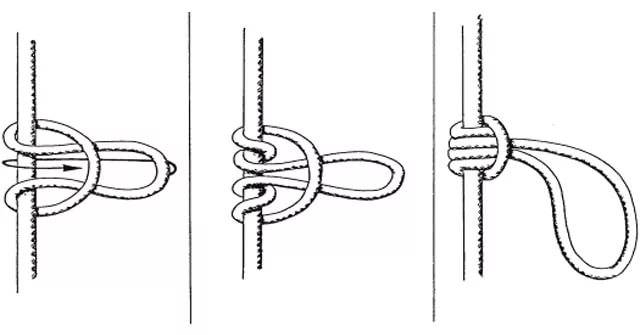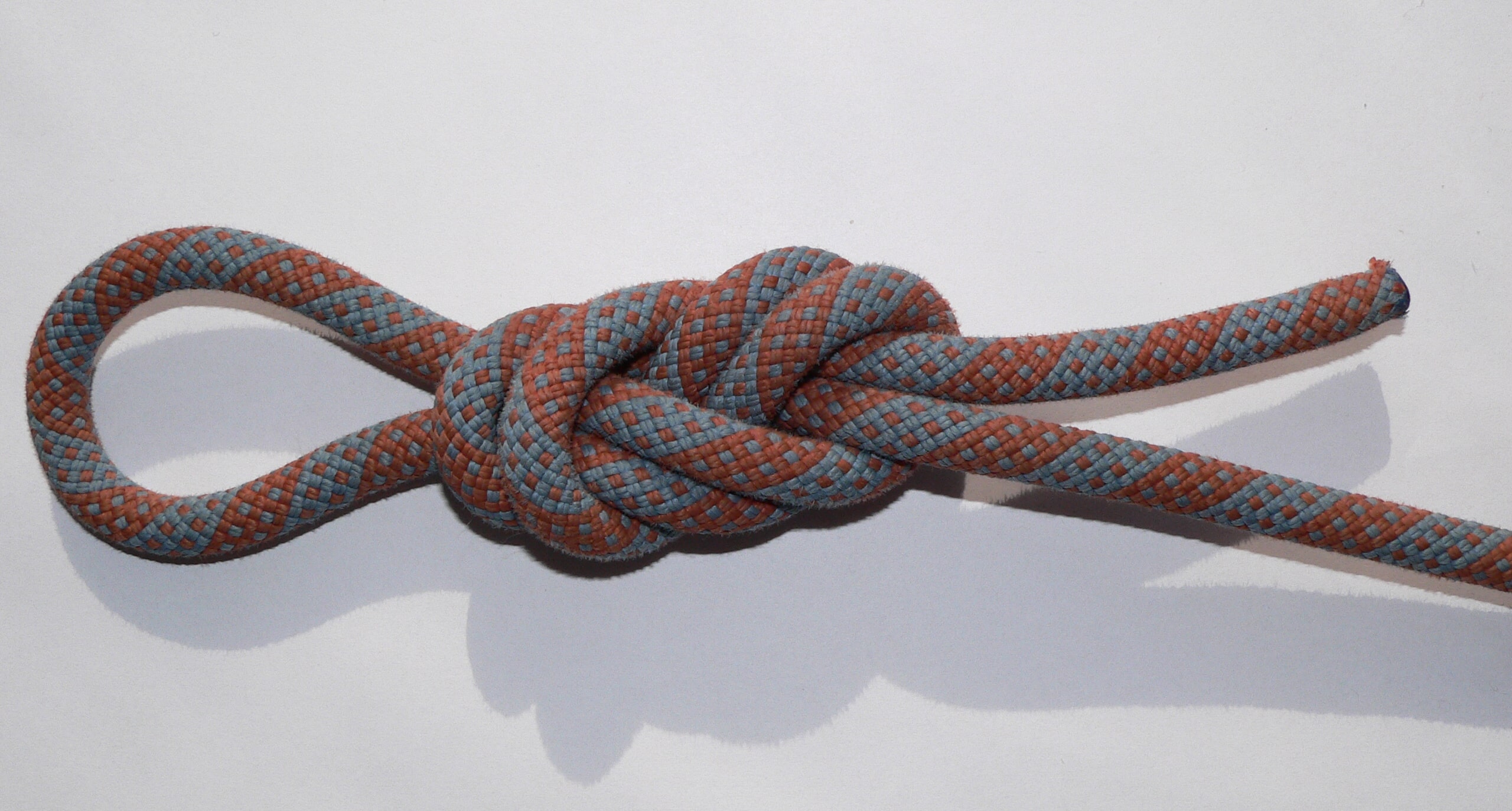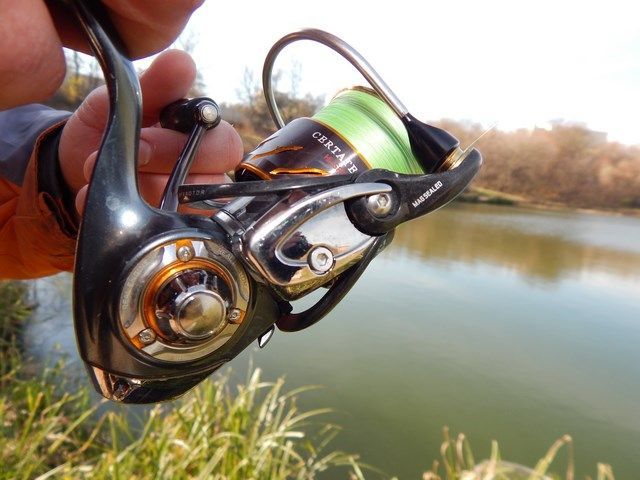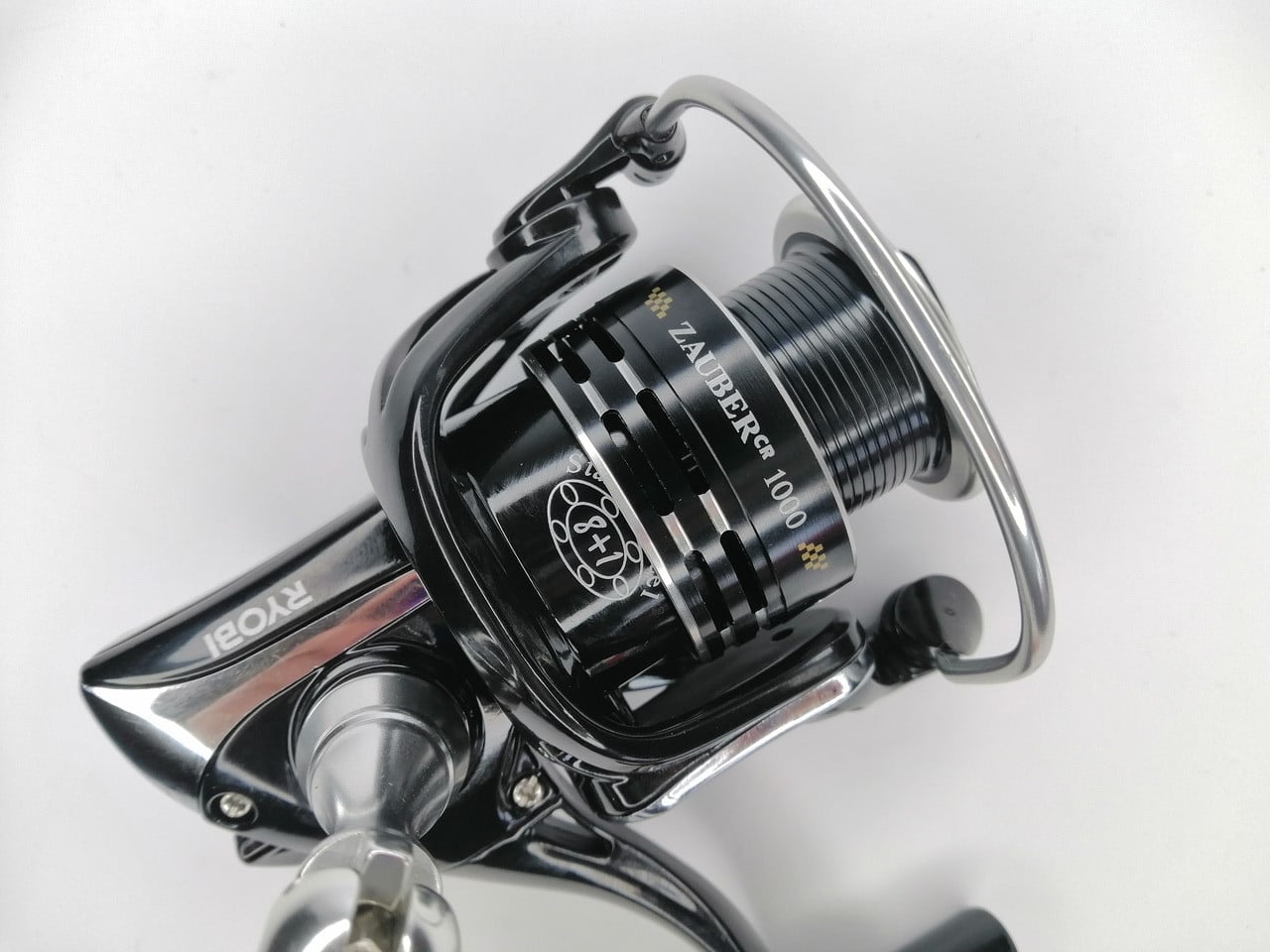Every angler for a successful catch must have multidirectional skills related to determining the place to fish, choosing the appropriate tackle and ensuring comfort while fishing. The fisherman should be able to repair equipment during the time, do the installation on his own, and also know the techniques of knitting simple and strong knots. Advanced anglers, along with American and European tying methods, prefer the figure eight knot. Knots knotting proves the professionalism of the fisherman. The article discusses the main aspects of knitting different types of figure eight knots, methods of tying knots, pros and cons.
- How to knit a figure eight knot with photo explanations
- How to knit a reverse figure eight knot with a photo with explanations
- Double eight knot: knitting pattern
- Double figure eight with two loops
- Pros and cons of node “8”
- How similar types of knots fit
- Prusik
- Counter eight
- Clew knot
- Nine knot
- Fishing knot
- Поделиться ссылкой:
How to knit a figure eight knot with photo explanations
First, perform an ordinary loop, connecting the two ends of the line with each other. At the base of the loop, the ends of the thread are laid one on top of the other, leading the lower one behind the upper one. It looks like drawing the number: eight. At the final stage, the wound end of the line is pushed into the loop, forming a knot. The loop can be tightened more firmly for an even stronger and more reliable connection that can withstand any stress.
How to knit a reverse figure eight knot with a photo with explanations
This method of tying a knot is performed according to the following principle:
- an open loop is performed on one line;
- a closed loop is created on the second line, which encloses the first. As a result, the location of the two free ends should be on the same side with the hinges connected;
- the free part of the second thread is carried around by the main native;
- the same part is passed in the opposite direction along the main first;
- the free first thread is carried by the main native;
- the same part is passed into the counter-flow along the root end of the second;
- pull up the knot by free fishing lines;
- tighten the knot using the root ends;
- cut the free ends to a length of about 2 mm or 2.5 mm.

Double eight knot: knitting pattern
The method of tying a double eight is similar to a single one. The only difference is the presence of an additional step in the knitting process. The double figure eight acts as an additional fixing element, reinforces the normal and counter knot, providing maximum strength to hooks and line. Step-by-step instructions for knitting a knot, in the form of a double eight:
- At the first stage, knitting is performed with a classic single “8”.
- The end of the thread is directed into the loop, bending around it from the opposite side, and placing in the direction of the original knot. So the new loop will be parallel to the initial one. At this stage, knitting a double “eight” ends.
- This is a simple and effective way of securing, ensuring that the rig is held firmly in place.

Double figure eight with two loops
This type of knitting is considered more difficult. To properly tie this type of knot, you need to practice. The algorithm for its implementation consists of the following stages:
- create two loops using one double line. The first is obtained by bending the thread, and the second, by twisting it;
- thread the middle part of the initial loop into the next, but not completely;
- the first loop is thrown over the next;
- pull out the two ends of the fishing line with two new loops formed from the created knot.
In this way, a double eight knot is obtained.
Pros and cons of node “8”
Fishermen often call it Flemish, and sailors, climbers, cavers and surgeons also use the figure eight. It perfectly fixes the patient’s sutures after surgery. The figure-eight knot has a number of positive signs:
- Fixed. Such a knot is difficult to displace in any direction. It remains in the place of the line where it is tied, even if there are serious loads at the time of casting the rod and biting the fish.
- High strength . Remains undamaged for a long time.
- Not time consuming . Anglers easily tie it, spending seconds on it.
- Operational in the transfer . It can be tied up quickly enough using a needle.
A figure-eight-like shape is created with proper tying. The negative aspects of such a node are as follows:
- Only certain types of line are suitable . It is not recommended to use very thin braided threads and fluorocarbon. The former can break through, and the latter have high fragility, not designed for sharp bends.
- Additional pulling it up after a long fishing .
- Reduced installation reliability . A tackle immersed in a pond with knots by half of the initial value lowers its strength.
How similar types of knots fit
When fishing, you may need to tie a thin monofilament with a thick one, connecting the fishing line and material that is not uniform in structure. Also, sometimes it becomes necessary to connect the cords with the rigid bases of rods and reels. These tasks require fishermen to be proficient in different ways of creating knots. Every angler should be able to tie lines together. Any fishing is not complete without such actions. Reliable and fast execution of knots will solve the main tasks that save the catch and tackle.
Prusik
The advantages of the Prusik knot are the following properties:
- unimpeded movement along the thread in any direction;
- firm tightening of fasteners during exposure to any loads;
- return to the starting position when the load is reduced.
The disadvantages of the prusik knot are:
- rather complicated tying process;
- not strong fastening on a cable;
- not stable on a wet or icy thread and during sudden jerks. This is due to the slippage of the fastener turns, which eventually fall apart.
Prusik knot tying scheme:
Counter eight
This is a fairly strong connection that came to fishing from climbers. This kind of knot is their life insurance. In terms of execution technique, it is the most difficult along with other knots for fishing tackle. Knitting is accompanied by wetting the twist during clamping. A knot is used to connect threads made of soft material, because a hard fishing line can break at the points of its connection when it is folded. Knitting pattern of a counter-eight:
Clew knot
Visually, it resembles a straight knot, but differs in weaving. It is quite simple in execution, the technique of which can be memorized after the first attempt. The most important condition when making a knot is not to overtighten the twist clamp. Otherwise, it can lead to deformation of the material. How to create a clew knot:
Nine knot
It is also called stopper because it thickens the threads and forms non-slip loops on the rope, usually at its ends. For the greatest thickening, a double-eight knot is used. The advantages of the nine are its ease of implementation. It also tightens on its own. Knitting nines:
Fishing knot
A fishing or sea knot is called a figure eight, which fixes fishing tackle: hooks, jigs and sinkers. The advantage of this node is its small size, allowing it to be invisible in the water for mining. The hook and other tackle are fixed in the following way:
- the end of the braided line is passed into the hole;
- the main element of the tackle – the hook is wrapped 3.4 or 5 times with this thread;
- the rest of the line is passed into the resulting loops;
- the end is pulled out by tying a ligament.
To obtain the desired result, anglers try to master their technique of knitting the necessary knots, making repeated trials and mistakes. The article presented the main types of knot 8 and adjacent ones, which can be used while fishing, relying on their methods of performing when knitting. Successful fishing!




